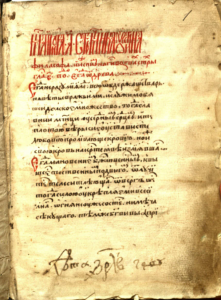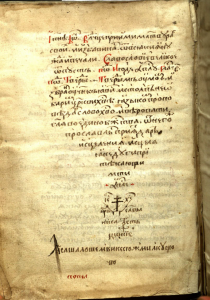Welcome back!
Here are some updates about the MU Libraries since last semester:
Faculty and graduate students can now renew materials FIVE times online instead of two. If you experience any glitches with the new renewal amounts, please contact Esther Schnase (Schnasee@missouri.edu or 882-9158) for a quick fix.
Thanks to funding from University administration, Ellis Library hours will be extended to 24/5, starting September 8th.
BrowZine is now available for the desktop or laptop, although it does not sync with the app.
The temporary residents from Jesse Hall have vacated Ellis Library, so rooms 114 and 202 are undergoing some renovation before reopening later this semester.
As noted in Mosaics (p.16), the new census Research Data Center will open on the 2nd floor of Ellis Library before the end of 2015.
We are increasing our services in data and data management. DATA-ARCHIVES-L is an announcements service and forum for MU campus affiliates who use quantitative data for research, teaching and study. To subscribe, go to https://libraryguides.missouri.edu/datasets and click on the Listserv tab or send an email to Marie Concannon, Data Librarian, at concannonm@missouri.edu. Our Data Management Plan guide offers resources and best practices for complying with data sharing requirements. For more information about data management plans, contact mulibrariesdp@missouri.edu.
We’ve also had some changes in personnel. Ann Riley, Associate Director for Access, Collections, and Technical Services, is now Acting Director and responsible for all library operations. University administration will name a search committee for a new director later this fall. Jim Cogswell will be continuing with the Libraries until his retirement next year. Jim will be focusing on Advancement opportunities and the MU Libraries Centennial Celebration.
We are delighted to welcome new librarians: Grace Atkins, User Engagement Librarian in Ellis Library, and Taira Meadowcroft, Information Services Librarian in the Health Sciences Library. Timothy Perry will join Special Collections later this fall.
We continue to recover from the mold outbreak of 2013. Salvaged materials and replacement copies are being processed back into the collections and will reappear in the MERLIN catalog as they become available for circulation. University Facilities Management is working with us on improving and expanding off-site storage options.
We also face significant budget challenges and are working with University administration on how to improve this situation. There will be a vote of the student body on a proposed student library fee in November. We are grateful for the support of MSA for this fee.
We also continue to seek solutions to the pressure of ever-increasing subscription costs. We are compiling data in preparation for a review of high-cost/low-use subscriptions to be considered for cancellation after faculty consultation later this semester. We will send more detailed information on this issue in a later communication.
Upcoming events
Friday workshops on various research tools and topics begin on August 28. Recordings of past workshops are available online.
This year, we celebrate the centennial of Ellis Library and the history of all the MU Libraries, with these events:
- September 23, a student-focused party on the North steps of Ellis Library
- October 15, a celebration at the Health Sciences Library
- January 15, a Rededication Celebration in the grand reading room with presentation of A Place of Visions, the centennial history authored by Prof. Steve Weinberg.
- April 15, the grand finale with honored guest David Ferriero, the Archivist of the United States
Upcoming exhibits in the Ellis Library colonnade and in the Bookmark Café.
Banned Books Week, Sept. 27-Oct. 3, 2015.
Open Access Week, Oct. 19-25, 2015.
Ellis Library, under construction in 1914-15.







